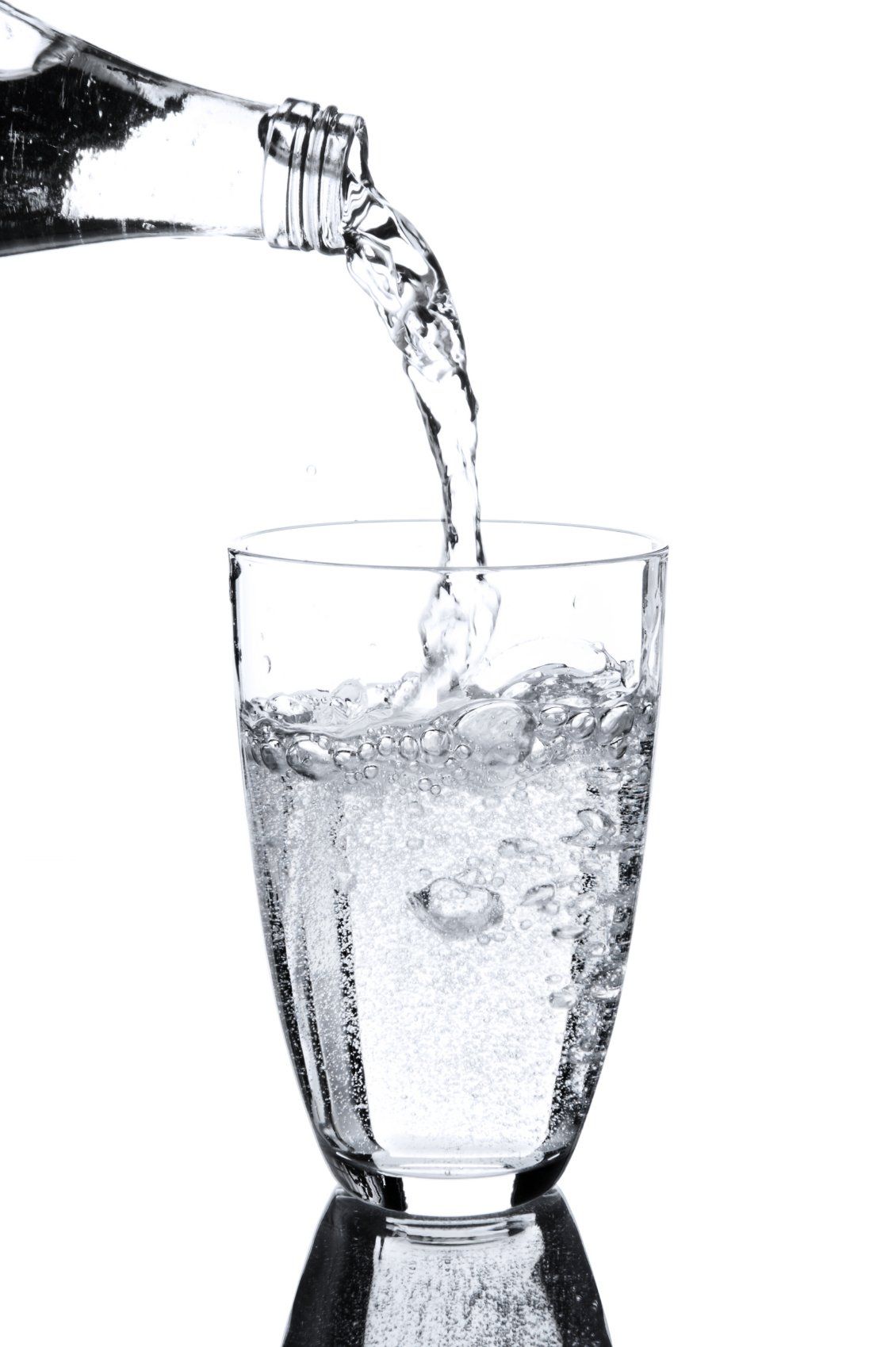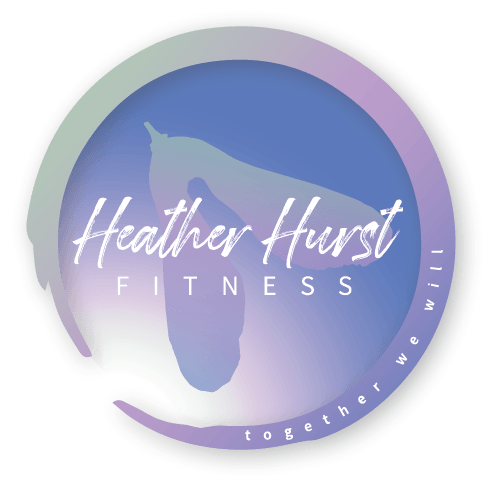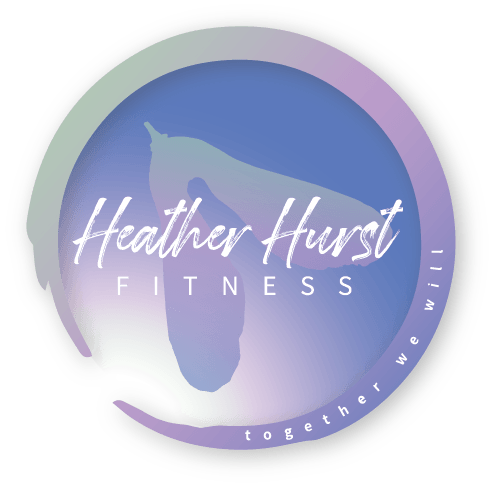If the shoe fits....
Heather Hurst • November 22, 2021
Shoes, shoes and more shoes. It all starts with the shoes. So easy to pick up an exercise top or a new pair of tights. But shoes…not so easy.
Do you supinate or pronate? Maybe you need a stability shoe or do you just like a cushioning shoe? The choices are endless and decisions many.
But picking a shoe is serious business. Whatever sport or activity you need them for, if you have the wrong shoes, you won’t be happy. It could truly be a make or break situation.
The first step is to decide what you want the shoes for. The second step is to go to a store where help can be given. Unless you know exactly the style and fit, it’s not worth guessing and getting it wrong. Its fabulous if you can find a local store you can trust and stay with. I used the same store for many years until they closed. I found another eventually where I see the same person every time I go in. They know my feet, my activity and what I need, and I am happy every time.
For me, I only need running shoes from that store. However, I always require both trail runners and road runners and if this winter proves to be a big one, I will be looking for a Gore-Tex trail shoe as well. I also work out, but I tend to recycle my runners. Meaning once they are not enough for the roads or trails, they are still great for cross training and they easily move into that position. Once they are too tired for training, they become walking shoes and once they are done for that, they move to a gardening shoe position. By the time they are done in the garden, they are not worth anything and they just go to the bin. But my shoes are all well worn and well used, and I never feel wasteful.
Now you ask, what do I do first when looking for a shoe? You need to ask yourself what will I be doing in this shoe? It’s important to get the shoe for your sport. For instance, you wouldn’t wear a running shoe on the tennis court. Tennis shoes focus on lateral support and stability and while cushioning is important to the tennis player, what’s more important is a shoe that can help with those quick lateral movements while staying low to the ground. Running shoes are made to support your body in a forward motion. The heels are softer to help reduce the impact on your legs and joints as you run. But your running shoe does not need to support rapid movements like what you perform in tennis. Tennis shoes are heavier, stiff and sturdy. The soles are durable and flat, so you don’t stumble or slide when you make your quick movements.
Now if you are wanting a shoe for training, you need one that gives you multi-directional movement especially lateral. The soul of a training shoe is flatter allowing for more flexibility and a wider range of movement.
Training shoes are good for high intensity gym classes both in and outside; strength training, plyometrics/agility and multi directional movements. And your training shoes can be used for runs on a treadmill but if you plan on running more than 5km, it’s best to get a proper running shoe.
You will know if your shoe is not for you. Simply, it won’t feel good. Your body will be achy, your feet may be tingling, your lower body may be sore and if anything is rubbing, that shoe is not for you. You could get plantar fasciitis, shin splits and stress fractures. Your shoe should never require a “breaking in” period. It should feel great right away.
In running shoes, it’ best to add ½ size to account for the natural movement and swelling of your feet during your runs.
How do you know if you overpronate or under pronate (supinate)? Usually you can tell by the wear pattern of the shoe. If the outer part of your sole is the most worn, then you are a supinator. If the inner part of the sole is worn the most than you pronate. But if you are getting a shoe for the first time, often the store clerks can watch you walk and tell by the way you are walking which you need. Or alternatively before going to the store, stick your foot in water, place your foot on a plan piece of construction paper and review the pattern your foot makes on paper.
Now if you are a normal pronate, you may not need any support. You may simply need a cushioning shoe. I go for a running shoe that gives me the most cushioning I can get. For trail shoes, I’m looking for both cushioning and the treads – deeper lugs for better traction.
To re-cap, when the bodyweight is more on the outside of the foot it’s called supination. When the weight is more on the inside of the foot, it is called pronation.
This brings us back to the age-old question. What shoe should I get? Decide what the shoe will be used for. Get your gait evaluated or self evaluate using the water method or examine your other shoes. If you find a reliable store, they will also help you choose. Remember your shoes should feel great the minute you get them on and laced up. Most importantly, exercise shoes do not need a “breaking in” period. Never buy something for price. Always buy the shoe for fit and comfort. This will save you from injuries and future treatments.
Your body is the only one you get … be kind to it and it will be kind to you!!!!!
is is a subtitle for your new post
Do you supinate or pronate? Maybe you need a stability shoe or do you just like a cushioning shoe? The choices are endless and decisions many.
But picking a shoe is serious business. Whatever sport or activity you need them for, if you have the wrong shoes, you won’t be happy. It could truly be a make or break situation.
The first step is to decide what you want the shoes for. The second step is to go to a store where help can be given. Unless you know exactly the style and fit, it’s not worth guessing and getting it wrong. Its fabulous if you can find a local store you can trust and stay with. I used the same store for many years until they closed. I found another eventually where I see the same person every time I go in. They know my feet, my activity and what I need, and I am happy every time.
For me, I only need running shoes from that store. However, I always require both trail runners and road runners and if this winter proves to be a big one, I will be looking for a Gore-Tex trail shoe as well. I also work out, but I tend to recycle my runners. Meaning once they are not enough for the roads or trails, they are still great for cross training and they easily move into that position. Once they are too tired for training, they become walking shoes and once they are done for that, they move to a gardening shoe position. By the time they are done in the garden, they are not worth anything and they just go to the bin. But my shoes are all well worn and well used, and I never feel wasteful.
Now you ask, what do I do first when looking for a shoe? You need to ask yourself what will I be doing in this shoe? It’s important to get the shoe for your sport. For instance, you wouldn’t wear a running shoe on the tennis court. Tennis shoes focus on lateral support and stability and while cushioning is important to the tennis player, what’s more important is a shoe that can help with those quick lateral movements while staying low to the ground. Running shoes are made to support your body in a forward motion. The heels are softer to help reduce the impact on your legs and joints as you run. But your running shoe does not need to support rapid movements like what you perform in tennis. Tennis shoes are heavier, stiff and sturdy. The soles are durable and flat, so you don’t stumble or slide when you make your quick movements.
Now if you are wanting a shoe for training, you need one that gives you multi-directional movement especially lateral. The soul of a training shoe is flatter allowing for more flexibility and a wider range of movement.
Training shoes are good for high intensity gym classes both in and outside; strength training, plyometrics/agility and multi directional movements. And your training shoes can be used for runs on a treadmill but if you plan on running more than 5km, it’s best to get a proper running shoe.
You will know if your shoe is not for you. Simply, it won’t feel good. Your body will be achy, your feet may be tingling, your lower body may be sore and if anything is rubbing, that shoe is not for you. You could get plantar fasciitis, shin splits and stress fractures. Your shoe should never require a “breaking in” period. It should feel great right away.
In running shoes, it’ best to add ½ size to account for the natural movement and swelling of your feet during your runs.
How do you know if you overpronate or under pronate (supinate)? Usually you can tell by the wear pattern of the shoe. If the outer part of your sole is the most worn, then you are a supinator. If the inner part of the sole is worn the most than you pronate. But if you are getting a shoe for the first time, often the store clerks can watch you walk and tell by the way you are walking which you need. Or alternatively before going to the store, stick your foot in water, place your foot on a plan piece of construction paper and review the pattern your foot makes on paper.
Now if you are a normal pronate, you may not need any support. You may simply need a cushioning shoe. I go for a running shoe that gives me the most cushioning I can get. For trail shoes, I’m looking for both cushioning and the treads – deeper lugs for better traction.
To re-cap, when the bodyweight is more on the outside of the foot it’s called supination. When the weight is more on the inside of the foot, it is called pronation.
This brings us back to the age-old question. What shoe should I get? Decide what the shoe will be used for. Get your gait evaluated or self evaluate using the water method or examine your other shoes. If you find a reliable store, they will also help you choose. Remember your shoes should feel great the minute you get them on and laced up. Most importantly, exercise shoes do not need a “breaking in” period. Never buy something for price. Always buy the shoe for fit and comfort. This will save you from injuries and future treatments.
Your body is the only one you get … be kind to it and it will be kind to you!!!!!
is is a subtitle for your new post
Share on Social Media:

The mornings now are early. And very busy. I find myself turning to coffee and lots of it! Now I have always been a huge coffee drinker – something I believe I inherited from my Dad. I love coffee!!! I drink it all day. However in the last few years, I have decided not to drink it in the evening – it seems to affect my sleeping. Anyway I digress. Suffice to say I love coffee!!! But with these early mornings, I am forgetting my water even though I am a huge fan. I don’t go anywhere without a bottle of water. I place re-usable bottles around the house for easy access. Water cures all! Got a headache? Drink some water. Feeling hungry? Start with water? Dizzy? Better have some water. Feeling lethargic or tired? Have some water. People who have reoccurring kidney stones should drink 8 glasses of water as well as women with recurrent urinary tract infections. According to Dr William Clark, who is a research scientist, kidney specialist and international expert in water research, teaching at Western University in London, says four glasses of water should suffice unless you are part of the two categories above. And not to be drunk too fast. However a study from the Journal of the American Medical Association did a test. Researchers took 631 patients with kidney disease and encouraged them to drink more water and the other group was told to maintain their current water consumption. The group who drank more water didn’t make any difference in terms of kidney function. The Dietitians of Canada suggest 2.2 Litres (nine cups) per day for women and 3 Litres (12 cups) for men. They also said these amounts take into account food moisture which is about one-fifth of the average person’s liquid intake … more for those who eat a lot of fruit and veggies. I read another comment which said you should multiply your weight by 2/3 to calculate how much water you need to drink in a day. For example, if you weigh 160 lbs x 2/3 = 3.5 liters of water per day. I found a water calculator (google Daily Water Intake Calculator) on line which will tell you how many cups you need. Plug in your weight and the amount of exercise you do in a day in minutes and you have the water you need for the day. For me, if I exercise 60 min in the day, I need about 13 cups of water, according to the Calculator. How do you know if you are drinking enough water? There are three tried and true ways to tell. 1) Are you thirsty? Do you have a dry mouth? If so it’s likely you are not drinking enough water. Try to get fluids in throughout the day and remember if you are thirsty, you are already slightly dehydrated. 2) Check your urine. If your urine has a dark colour to it and a strong smell, you may not be getting enough fluids. If your urine is light yellow or clear in colour it usually means you are getting enough. And of course if you are not “going” then you are truly not getting enough. 3) How are you feeling? How’s your mood? If you are light headed, suffering from headaches, tired and/or not able to focus, these could all be signs of dehydration. There is also something called overhydration. When you have too much water in your body the kidneys can’t get rid of the excess fluids and it starts collecting in the body which could lead vomiting, diarrhea and headaches. I also read if you notice some swelling or discolouration in your feet, hands and lips along with swelling of the skin you could be in trouble. Excess water in the body depletes the body’s salt and the cells start to swell. According to WebMD, cell swelling in the brain can bring about headaches which can lead to brain impairment and trouble breathing. So…that brings us back to the question from the beginning. How much water should we be drinking in a day? It truly seems as though there is no clear cut answer to this question. As we know there have been varying studies with varying recommendations. According to the Mayo Clinic your water needs depend on many factors including your health, activity levels and where you live. There is no one formula for all. But knowing more about your body’s needs will give you a better insight on how much YOU really need. I knew that this would not be an easily answered question. But what I do hope, is that this information gives you a better idea on what you require. If it makes you think more about what you are drinking, how much and when. Making you pay attention to the effects water has on you or better, how you feel when you don’t get enough. And then how you can improve moving forward. Remember your body is comprised of approximately 50-75% water. Learn to respect the magic it can give you. And regardless of how many glasses you drink, all parts of your body require water to work properly! And you only have one body so treat it well. Cheers!!!! The body content of your post goes here. To edit this text, click on it and delete this default text and start typing your own or paste your own from a different source.









































































































